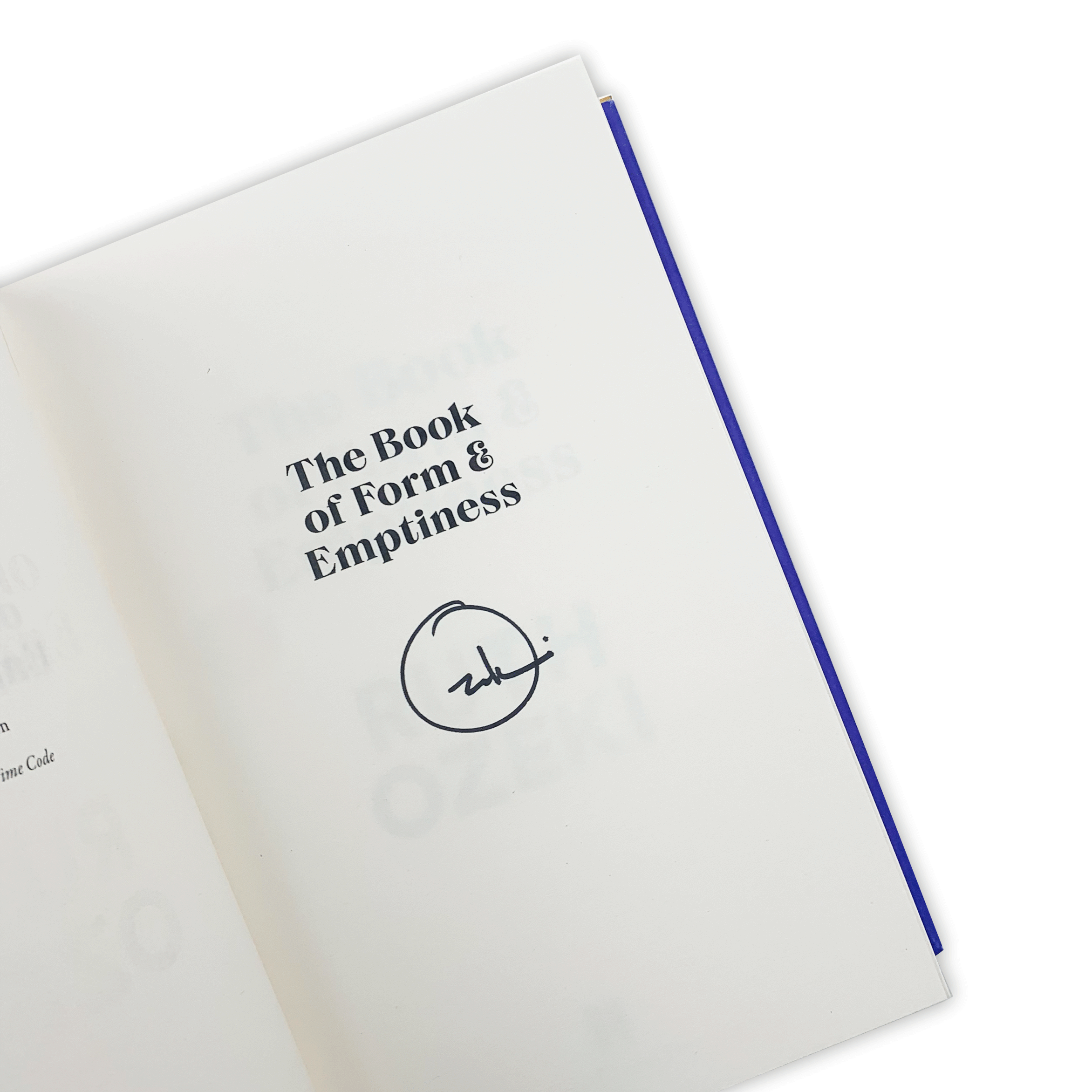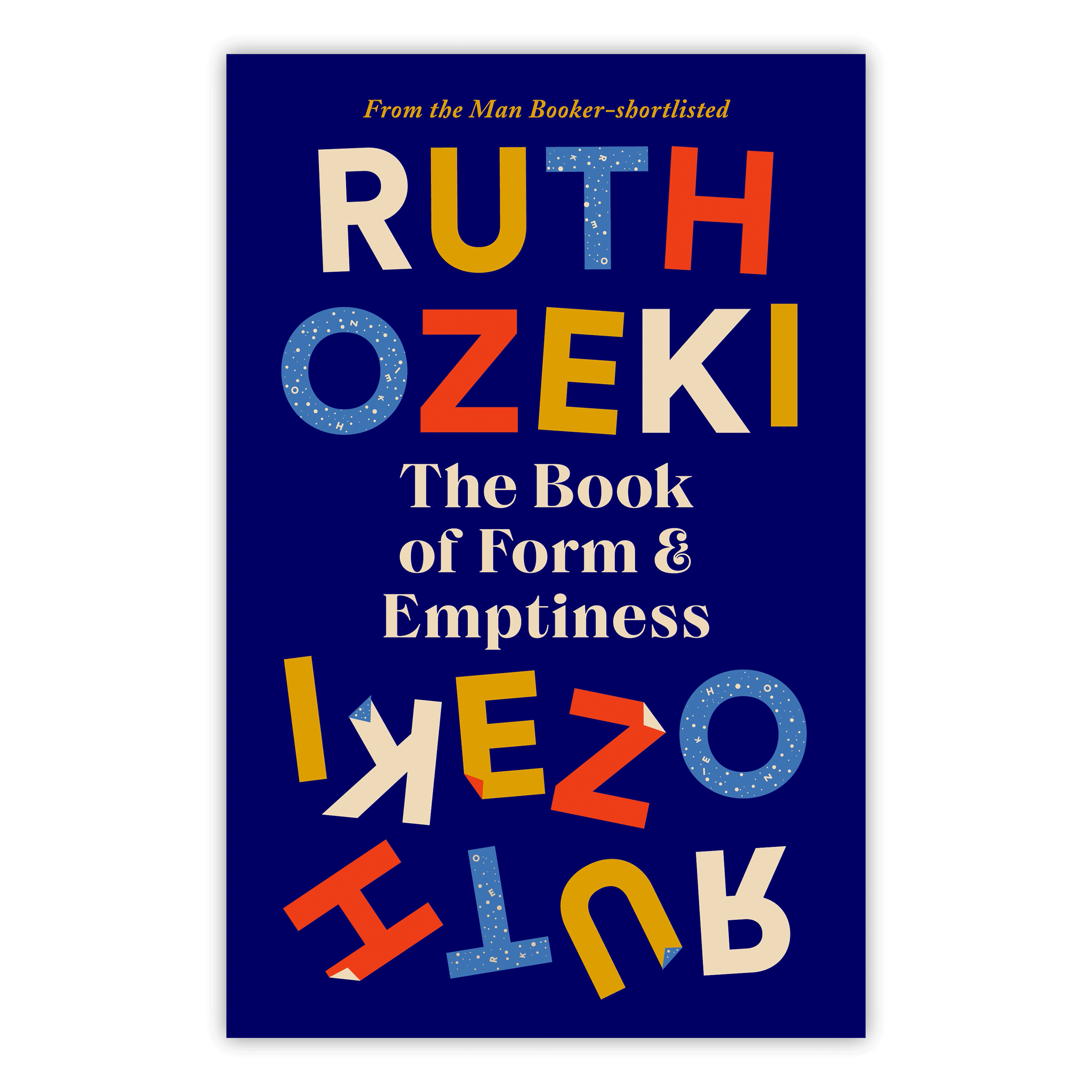


^ "Ruth Ozeki's new novel, The Book of Form and Emptiness, draws inspiration from Vancouver Public Library".^ " 'Can objects teach us about reality?': Ruth Ozeki on her Women's prize-winning novel".^ "Book review: The Book of Form & Emptiness, by Ruth Ozeki".The Daily Telegraph described the book as "a preachy, whimsical mess". The Washington Post described the narrative as "cluttered" but also described the book as "compelling". The Guardian praised Ozeki's "calm, dry, methodical good humour and wit". Some sections of the novel are narrated by Oh. The story is mostly narrated by the book itself. Oh's relationship with his mother, an archivist and hoarder, deteriorates and he begins spending time in a public library, befriending a group of outsiders including an artist and a poet.

Summary įollowing the death of his father, Benny Oh, a Canadian boy of Japanese-Korean descent, begins hearing voices calling out from inanimate objects. Ozeki previously spent time in the system's central branch researching her 1998 debut novel, My Year of Meats'. The library that plays a central role in the story is based on Vancouver Public Library. Ozeki took eight years to write the book. The death of Ozeki's father also shaped the book. A question from a Zen parable "do insentient beings speak the dharma?” formed the central theme of the narrative. The novel was partially inspired by Zen Buddhism. The story follows a boy who hears voices from inanimate objects while the narrative explores themes of mental illness and bereavement. Ozeki's fourth novel, the book won the 2022 Women's Prize for Fiction. The Book of Form and Emptiness is a novel by American author Ruth Ozeki, published in 2021 by Viking.


 0 kommentar(er)
0 kommentar(er)
